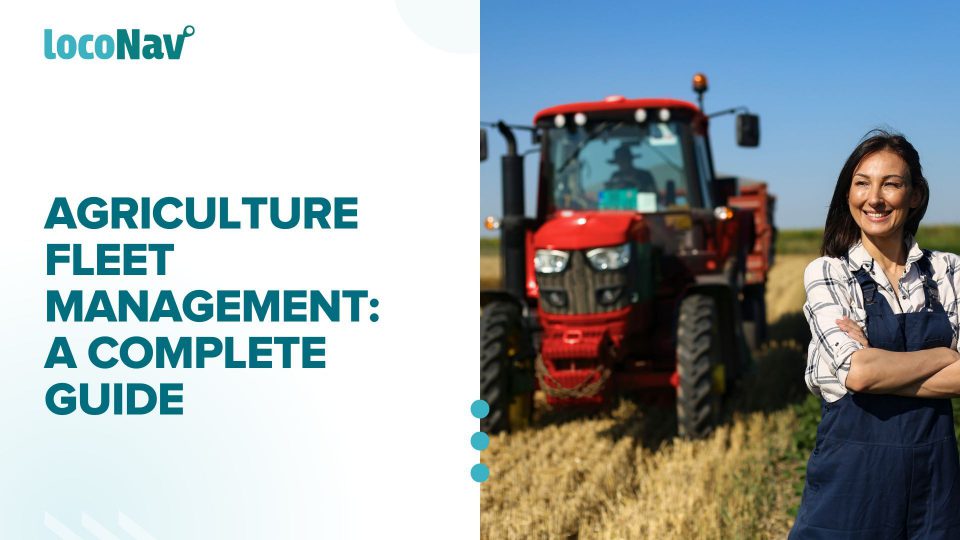

Agricultural fleets work in some of the harshest conditions ever. Companies in the agriculture industry place a high value on their machinery because their operations would be impossible without it. Agricultural equipment is a big investment for agricultural businesses.
The agriculture industry was one of the first to emerge. It has also been an early adopter of technology, whether for crop maximising, land utilisation, or farming technique improvement. Agribusiness maximises earnings by utilising an agriculture fleet management software system.
The machinery used in modern farming, from ploughs to tractors, has distinctive requirements. As a result, the sector employs telematics and GPS tracking devices to boost field production.
What is Agriculture Fleet Management?
Agriculture is more than just farming and crop yield. Asset management and corporate profitability are also important factors. As a result, agricultural fleet management focuses on farm vehicles and how managers might use them to enhance profitability while lowering operational expenses.
Telematics and GPS tracking are critical components of agricultural fleet management. Only via the use of OBD sensors, smart hardware, and software tuning can you maximise the revenues from farm cars. Data such as fuel usage, engine condition, trip history, and driving performance are presented in digestible reports by agricultural fleet management.
Benefits of Using Fleet Management in Agriculture
- Real-time notifications alert you to the movement of any assets, allowing you to call authorities immediately to avoid theft or loss.
- Agriculture fleet management is more than equipment and vehicle tracking. This invention allows you to see where your field labourers are at all times, allowing you to use this knowledge to make decisions and communicate throughout your operations.
- GPS monitoring systems also provide fleet managers with analytical data to assist them in maintaining their associated farm equipment, from scheduling maintenance to reducing wasteful engine idling.
- Agriculture fleet management makes it simple to identify where vehicles are left at the conclusion of a work shift and follow their movements while in use. This consistency in knowing where a vehicle is is critical for securing it, as not knowing where a resource is puts it in danger of theft or harm.
- Geofences can also be used in agriculture to identify areas that should be avoided by vehicles or areas that need to be tended to. Geofencing can also be used for:
– Prioritise target areas for fertilisation and harvesting in order to stay up with crop cycles to yield more with less.
– “Fence” off areas that need to be left alone for longer durations for soil cultivation.
– Isolate territory where livestock may be grazing to avoid accidents or injuries to humans and livestock.
– Identify zones that have been pesticide-treated or are deemed organic growth areas. - GPS tracking technologies can be used to track land that has previously been treated, preventing field service staff from going out of their way.
- Route optimisation can eventually minimise vehicle wear and tear, extending the life of costly equipment.
- You can also schedule maintenance notifications in some fleet tracking systems. This will tell you when it is time to do routine maintenance of your fleet.
- Farms have varying terrains, resulting in varying engine exertion and fuel usage. When travelling uphill, your vehicle will use more fuel than normal. Instead of travelling across farm areas, you may use agricultural fleet management software to keep track of how much fuel your vehicles consume in every terrain.
Summing Up
Agriculture relies heavily on lowering operating expenses to boost profitability. You can make the greatest use of your farm’s automotive assets with the assistance of agricultural fleet management. The easiest approach to get the most out of your agriculture setup is to use agriculture fleet management, GPS tracking, telematics, and careful planning.